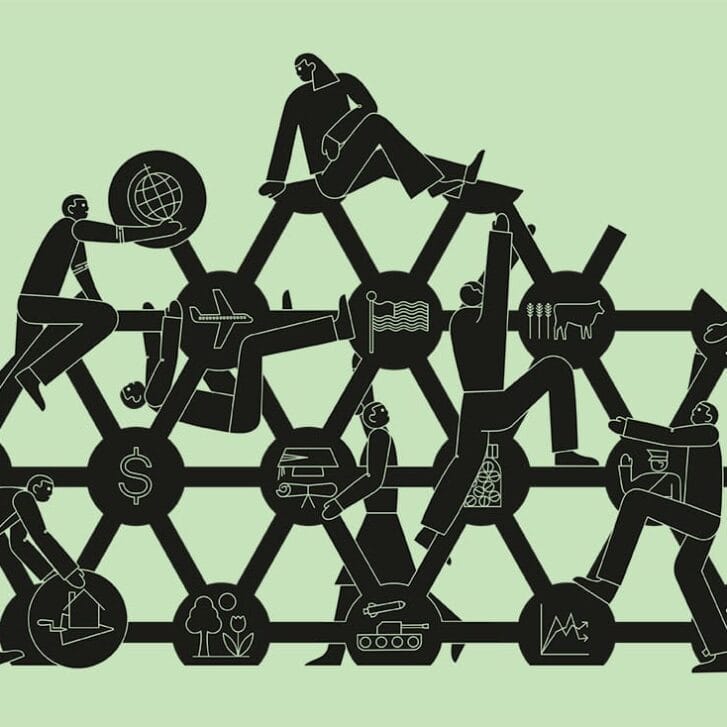In this election season, almost every political conversation includes a discussion of the economy. Whether you stand to the right or the left, there’s one thing you should support to improve the nation’s financial strength: getting more women in tech jobs. Here are a few reasons why this seemingly niche issue impacts us all:
Women at the Helm Mean a Better Company—and Ultimately Stock-Market—Performance
A study from Catalyst suggests that companies with the most women in leadership positions perform 53 percent better financially (in terms of return on equity). When companies perform better overall, their success translates into job growth, increased profits, investment and progress. These are all factors that directly impact the improvement and success of our economy. Research from McKinsey Global Institute indicates that five technologies—including mobile internet, automation and cloud—will be worth more than $1 trillion each to the world economy by 2025. We need more women in leadership, specifically tech leadership, to build on this momentum and spur continued growth.
Women Have the Purchasing Power
Women control $20 trillion of annual consumer spending in the U.S. Since women are strong tech users—outnumbering men on all major social media sites (except LinkedIn), for example—it’s safe to say that women are spending a significant chunk of that money on technology. But tech products are overwhelmingly built and designed by men. Only 17 percent of Google’s engineers are women, and the numbers are worse at Facebook (15 percent) and Twitter (10).
The example of automobile airbags always brings this point home to me. When airbags were first introduced, they resulted in a disproportionate number of deaths of women and children. The engineering team that designed the airbags was composed exclusively of men. Had there been at least one woman on the team, it might have considered using crash dummies similar in stature to the average woman. Including women in both design and development leads to a better, more robust user experience for most products on the market, spurring stronger sales. Successful consumer product innovations lead to increased GDP and economic growth.
More Women in Tech Will Close the Wage Gap Faster
We all know that a wage gap exists: On average, women in the U.S. make 77 cents for every dollar a man makes, and according to the World Economic Forum, that chasm may take a whopping 118 years to close. While women comprise the majority of the general workforce, we only account for 25 percent of technical jobs. If we get more women in tech, we could close the gap faster. Why? Tech jobs pay more. The average yearly wage of a U.S. tech worker is $104K—102 percent more than the average wage in the private sector. And consider this side effect: Paying women the same rate as men would add half a trillion dollars to the U.S. economy.
A Proposal for the Solution: Fixing the “Pipeline Problem”
Unfortunately, the rate at which young women are dropping out of computer science and STEM-related areas of study is alarming. In 1985, 37 percent of all computer- and information-science graduates were women, but by 2008 that number had dropped to just 18 percent, a ratio that has since remained unchanged. This issue takes root when girls are young. In middle school, 74 percent of girls express interest in science, technology, engineering and math, but when choosing a college major, only four percent of high-school girls select computer science, according to the nonprofit Girls Who Code. These girls need role models and mentors. If we can solve the “pipeline problem” and get more girls interested in STEM, it will go a long way toward solving the lack of gender diversity in tech companies.
So whether you’re a dad of the next Grace Hopper, a user of social media, a political junkie or just concerned about the country’s financial health, you should want more women in tech and be doing everything you can to help them get there. The economy depends on it.
Heather Zynczak WG98 is CMO at Pluralsight.
Published as “Leaning Up” in the Fall 2016 issue of Wharton Magazine.


























